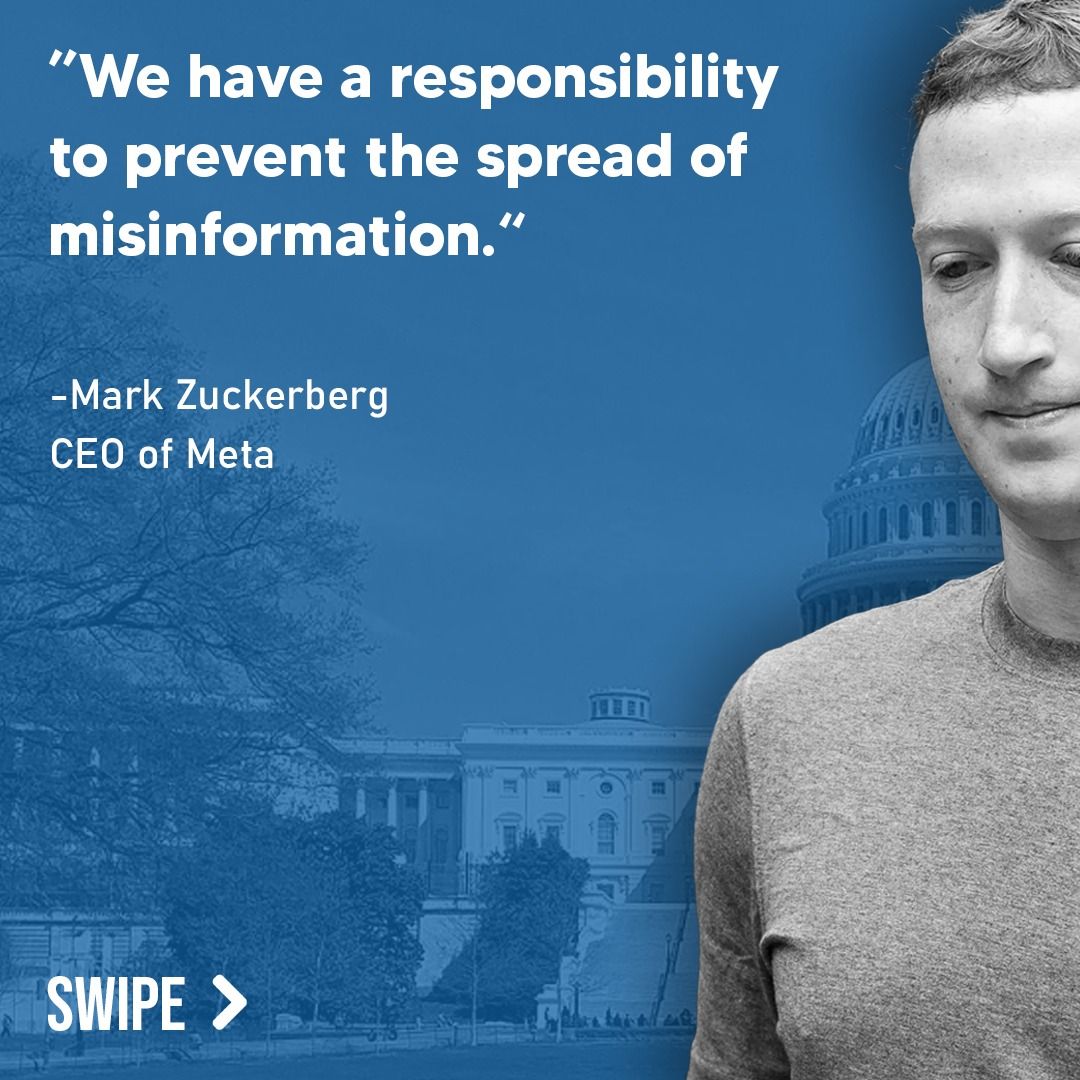
Investigation into the Reinstatement of U.S. Military Aid to Ukraine
The recent decision by the Trump administration to resume military aid to Ukraine has raised questions about the timing and motivations behind this reversal. Some claim it was a strategic push for peace talks, while others suggest different geopolitical factors may have played a role. This fact-check will examine key claims made in the article and provide a clearer perspective.
Understanding the Historical Context
U.S. military aid to Ukraine has been a heavily debated issue since the onset of Russia’s full-scale invasion in 2022. While the U.S. has consistently provided assistance, prior suspensions have been used as leverage in diplomatic negotiations. The Trump administration’s week-long freeze on military aid appears to have been intended to encourage Ukraine to consider ceasefire avenues.

Fact-Checking Key Claims
Claim #1: The suspension of military aid was intended to push Ukraine into peace talks
The article states that the Trump administration halted aid to prompt Ukraine to enter peace negotiations. While this aligns with statements by U.S. officials, including Secretary of State Marco Rubio, independent sources confirm that Ukraine’s leadership had been skeptical about ceasing hostilities without significant Russian concessions. Experts note that ceasefire discussions often serve broader diplomatic goals rather than being purely about peace. There is no clear evidence that Ukraine would have entered negotiations solely because of the aid freeze. Therefore, this claim lacks full context.
Claim #2: Ukraine proposed a 30-day ceasefire in response to U.S. pressure
According to the article, Ukrainian officials signaled openness to a temporary ceasefire. However, there is no public confirmation from Ukraine’s leadership that the ceasefire proposal was a direct result of U.S. action. Some Ukrainian officials have warned against rushing into ceasefire agreements without firm guarantees. Additionally, it remains uncertain whether Russia would genuinely engage in ceasefire negotiations under these terms. This claim is partially accurate but omits key context.

Claim #3: A U.S. envoy may soon meet with Vladimir Putin
The article suggests that Steve Witkoff, President Trump’s special envoy, is expected to travel to Moscow and possibly meet with Vladimir Putin. However, this information is attributed to an unnamed source, and there is no official statement from the U.S. government confirming such a meeting. While diplomatic outreach could be underway, without direct confirmation, this claim remains speculative.
Final Assessment
The article provides a largely accurate recounting of recent events but leaves out important geopolitical context. The framing suggests the Trump administration’s aid reversal was primarily for peace negotiations, but other strategic factors, such as maintaining influence over Ukraine’s military strategy, could have played a role. Additionally, certain claims, especially regarding Ukraine’s ceasefire proposal and potential U.S.-Russia meetings, include speculation without definitive evidence.

Stay Engaged in the Truth
Want to cut through misinformation? Download the DBUNK app today and fact-check articles with ease. Stay informed and hold media accountable.
Read the original article here: Click Here

